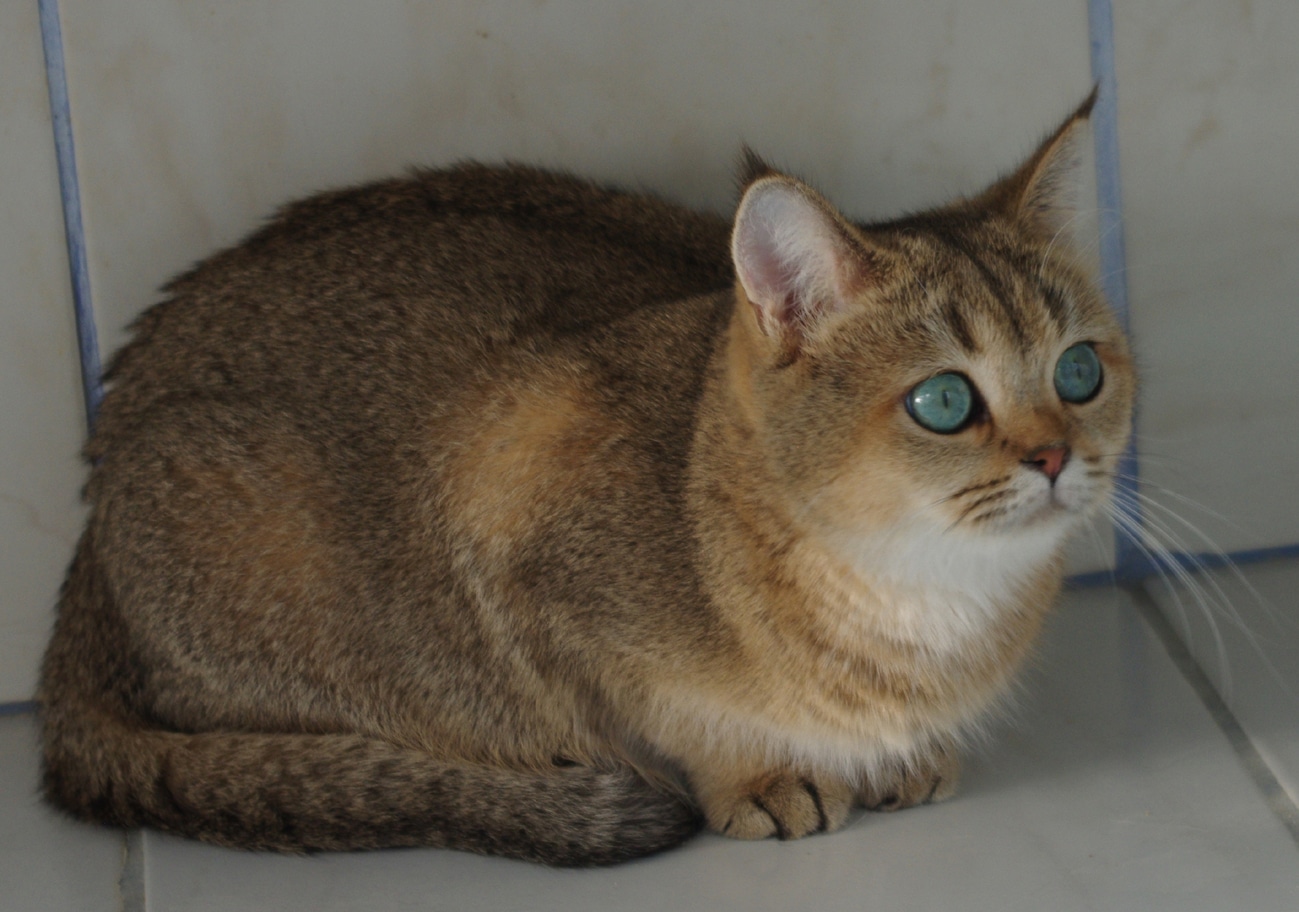
This can be further traced to the Middle French atabis (14th century), which stemmed from the Arabic term عتابية / ʿattābiyya. The English term tabby originally referred to "striped silk taffeta", from the French word tabis, meaning "a rich watered silk". Etymology A 19th-century drawing of a tabby cat One genetic study of domestic cats found at least five founders. The tabby pattern occurs naturally and is connected both to the coat of the domestic cat's direct ancestor and to those of their close relatives: the African wildcat ( Felis lybica lybica), the European wildcat ( Felis silvestris) and the Asiatic wildcat ( Felis lybica ornata), all of which have similar coats, both by pattern and coloration. The tabby pattern is found in many official cat breeds and is a hallmark of the landrace extremely common among the general population of cats around the world. "Tabby" is not a breed of cat, but a coat type seen in almost all genetic lines of domestic cats, regardless of breed. It is thought that the tabby pattern originates from the numerous related species of wildcat.Ī tabby cat, or simply tabby, is any domestic cat ( Felis catus) with a distinctive 'M'-shaped marking on its forehead stripes by its eyes and across its cheeks, along its back, and around its legs and tail and (differing by tabby type), characteristic striped, dotted, lined, flecked, banded, or swirled patterns on the body-neck, shoulders, sides, flanks, chest, and abdomen.


Mackerel tabby, with the distinctive striped pattern and forehead 'M' A European wildcat ( Felis silvestris) bearing a similar coat pattern to that of a tabby cat. For other uses, see Tabby (disambiguation).


 0 kommentar(er)
0 kommentar(er)
